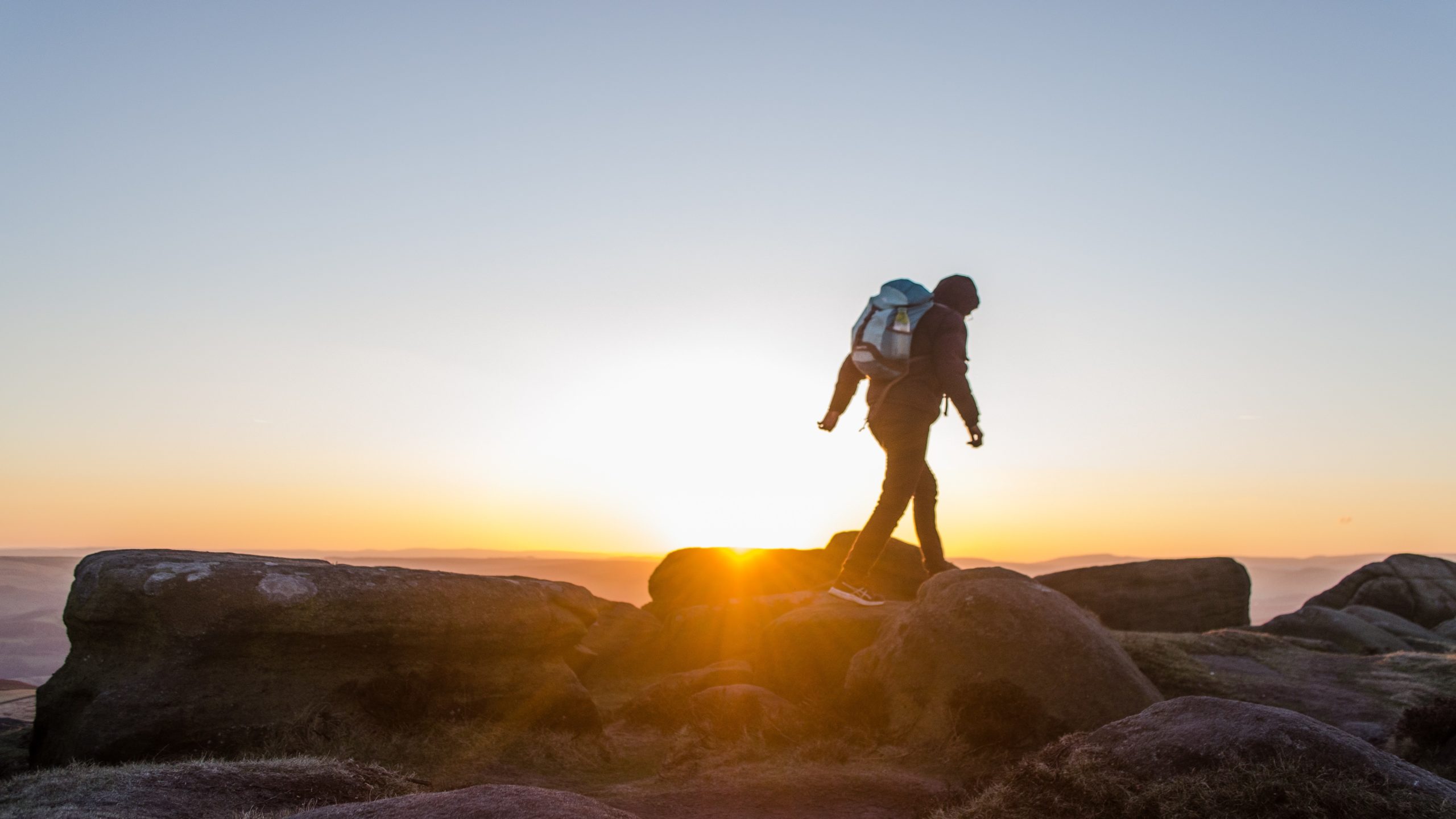Going on a hike or trek is incredibly exciting but also takes a bit of time to get used to. While Hiking and trekking are on opposite ends of the difficulty stick, for both of them you really need to get your body, mind, and backpack in good shape before you attempt anything serious. So, what do you need for hiking? If you’re planning on going on a mild hike, you don’t need much. However, long, intense hikes and treks require a lot of time for planning. Whether walking the trail by your house or trekking up a mountain in Asia, we will let you know exactly what you need to do first!
What Do You Need To Know Before Going On A Hike?
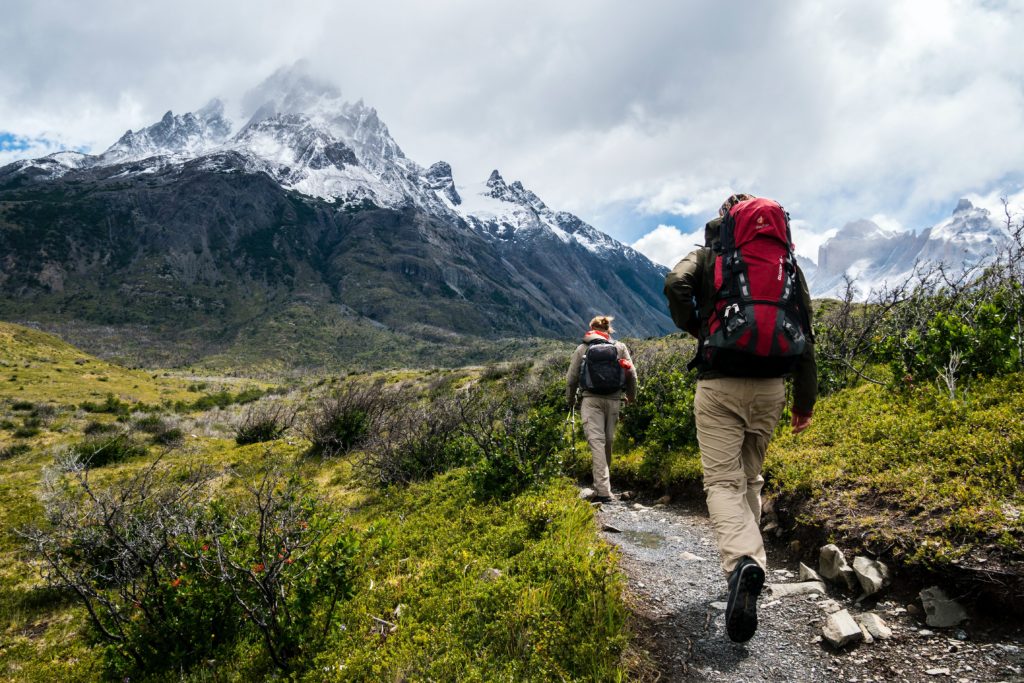
Before you start preparing your body like Rocky, you need to do some safe tasks first:
1-Plan Ahead
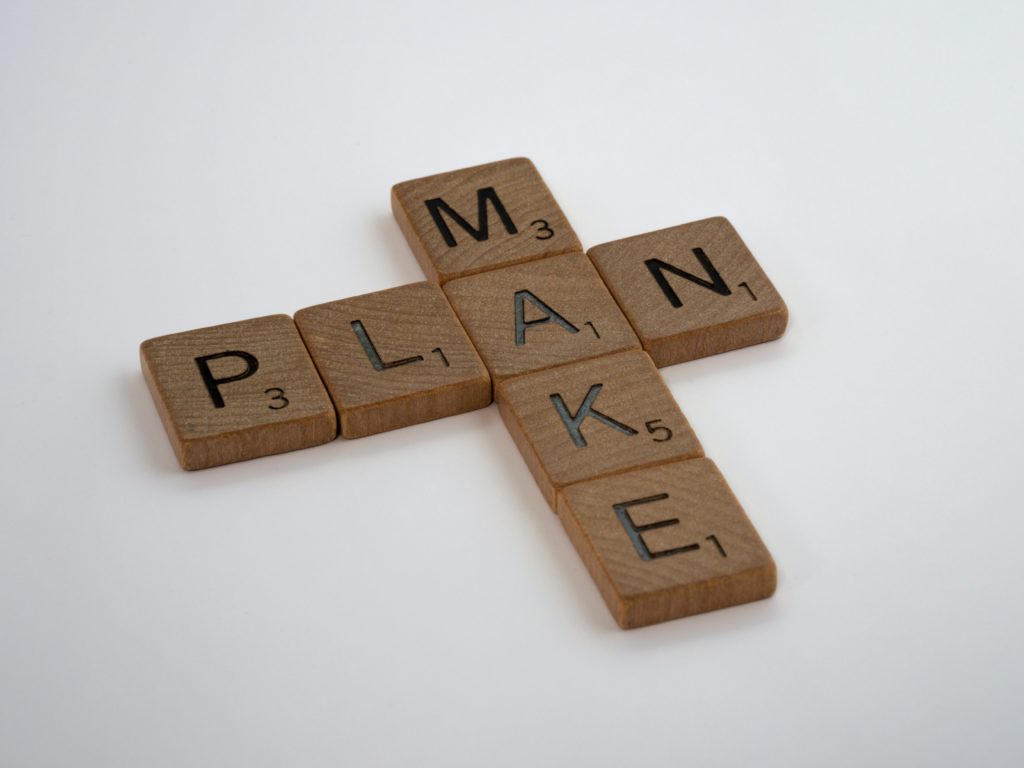
Let’s assume that your hike isn’t a short two-hour hike in the woods and you’re aiming for more of a day-long hike or multi-day trek. In that case, you need to plan exactly where you’re going and what you are going to do. The obvious first step would be choosing the trail you’re going to tackle. Hiking trails are common, but you need to find one that suits your needs. Is it long enough? Is it too much of an ascent or descent? Is the terrain rough? You need to know all of this and the best way to find out is online.
There are a ton of hiking trails websites and forums you can visit that will help you find the nearest hiking trail, how long it is, how difficult it is, and all the other information you need to know. You will also most likely find other hikers who had been on those trails that can leave reviews or tell you what you need to know.
Now that you have picked your trail, it’s time to plan around it. If it’s a long hike, then you will need to cancel your other plans and make sure that everything back in the “modern world” is good, since you may want to completely disconnect from your devices and internet on your hike. Next, you need to find out the average time it takes to complete that trail and see how long you have. You also need to know the distance, as you may have a specific quota in your mind that you need to fill or you don’t want to walk too long and then have to go all the way back.
When you’re planning the hike or trek is also important. If you’re going on a hike or trek in the middle of summer in a warm state or country, then you may need to prepare for that. In winter, some trails and paths will be completely closed so you need to find out first. A hike or trek is usually perfect in spring or fall, but it also depends on the country. If you’re planning on trekking in Africa, for example, you may find it way hotter than Europe or the U.S even in the same month. Doing your research will help you with all of that.
2-Know Your Limits
While it might be exciting to decide to go on extreme hikes or treks and just take everything in, it’s important to know your physical, mental, and daily life limits before doing so. For example, if you suffer from any health conditions, then it’s not wise to go on very long hikes or treks in extreme conditions and on rough terrain; at least not alone.
If you’re not the kind of person that can walk long distances without getting tired or legs hurting, then you best not attempt anything crazy before first training your body (We’ll get to that later). As for the mental limits, this may be more for trekking. Trekking takes you out of your daily life and gives you a sense of what our ancestors used to do. It’s exciting, but it’s also quite different from the sedentary lifestyle of modern-day humans. With such a discrepancy between their usual life and their trek, it may actually prove to be mentally taxing for some, having to get through the tough spots and learning to deal with different people and experiences.
As for your daily life limits, it’s just self-explanatory. If you’re constantly working or you need to spend time with your family, then going on such an adventure may be tough to squeeze in. If you have too many responsibilities, then you need to find the perfect time where you’re free enough to undertake a long trek, for example. Usually, a hike doesn’t last that long so you can always squeeze it into a weekend or something, but with trekking, you need to be completely responsibility-free before going or even traveling if you’re planning on doing that.
3-Prepare Your Backpack
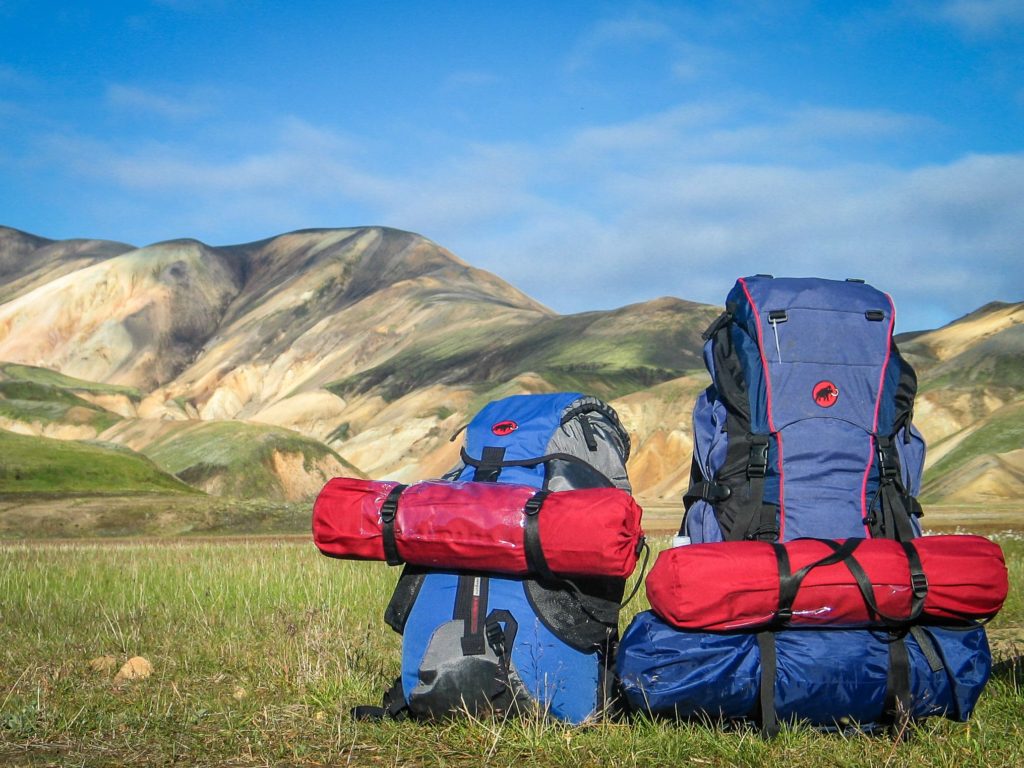
On a hike or trek, your backpack is your best friend. Without your backpack, you literally may need to struggle to survive if you run into a tough spot. On a hike or trek there are a few essentials that you absolutely NEED to take with you:
- Water: This is no.1! You need to get as much water as you can carry and then more. If it’s a multi-day trek, then get yourself a reusable bottle or canteen and try to fill it as often as you can, even if you’re not thirsty. If you’re going to be in a lot of woods or places where finding drinkable water may be a challenge, then bringing a portable water filter could also prove to be very, very useful.
- Snacks: Since “real food” will be too hard to carry on your own on a hike and may spoil, quick snacks are your best option. You want something easy, hassle-free, and will give you a lot of energy. For this, energy bars, chocolate bars, granola, or anything with dates will carry you on. You want to avoid anything with empty calories, like chips or sodas.
- Cooking Supplies: Usually, trekking is done in groups. So, if you have got a group with you, then bringing cooking supplies, a stove, and fuel will be a must if you’re planning on doing this for multiple days. After all, you can’t survive off energy bars alone. For the food itself, you want things that won’t spoil and won’t need a fridge like canned food, dried bread, dried fruit, nuts…etc.
- Extra Clothes: Trekking will have you sweating and tearing through your clothes like no other. So, you need to bring a few days worth of extra clothes with you, ESPECIALLY socks. Seriously, take all of your socks. Depending on the weather, your clothes need to be appropriate so you don’t freeze or overheat. Taking extra shoes will also be very helpful, as you can’t trust that your shoes or boots won’t give out on you.
- A First-Aid Kit: You never know what might happen on a hike or trek, so it’s better to be safe than sorry. Some essentials like bandages, disinfectants, band-aids, tweezers…etc can even save a life if something went horribly wrong.
- Sleeping Bag: A sleeping bag is essential. On a trek, you won’t have the luxury of a five-star hotel and you really don’t want to sleep on your bag or coat, so a sleeping bag will feel like a king-sized bed for you.
- A Tent: If you want to be extra luxurious and stay at the Ritz on your trek, then a tent will make things even easier and more comfortable. However, it also gives you added weight and extra time to set it and dismantle it so often. Still, worth the hassle.
4-Workout!
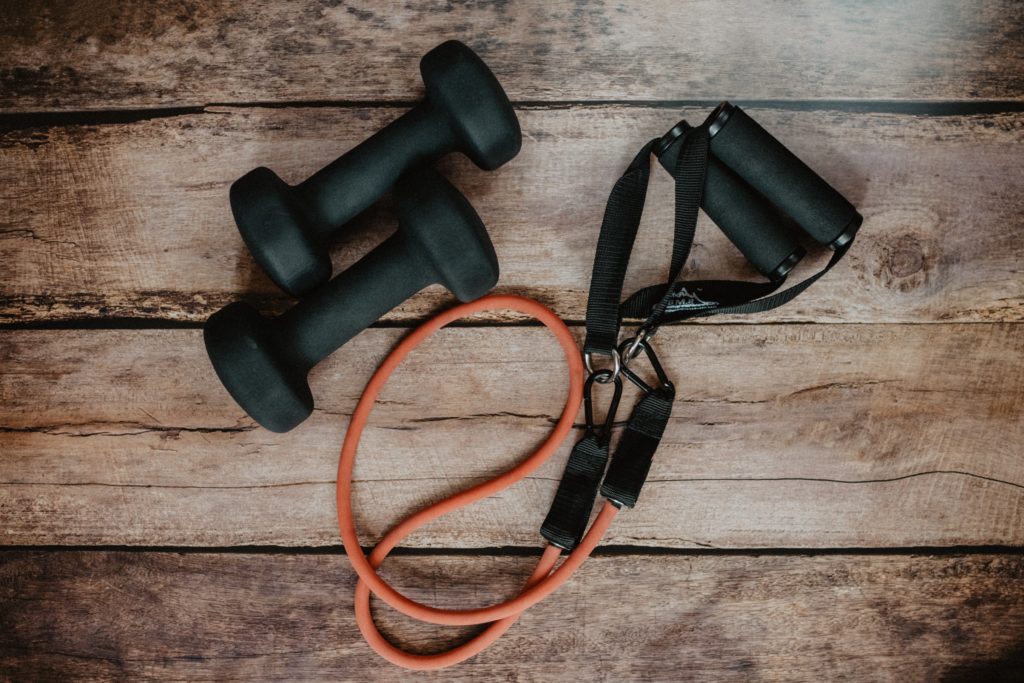
How Do You Prepare Your Body For Hiking?
Preparing your body for a hike or a trek may be the most important step you should follow. Hiking and trekking are strenuous and require varying levels of physical fitness. Let’s first start with preparing for a normal, short hike. For that, you can do simple things like walking more and more. Trying to hit close to 10,000 steps on your phone pedometer will be a good goal to have. If work, school, or the grocery store is near enough, then walk over instead of driving or using transportation. If not, then take brisk walks whenever you’re free, and over time, you will come to enjoy them immensely. Make sure you try to beat your distance records, though.
To get used to the elevation and uphill walking, you might want to take the stairs more and more. Not only will this help with leg strength and endurance, but it will also serve as cardio, which is the next big step. Just as you need to train your legs, you NEED to train your heart and lungs. The more cardio you do, the easier the entire process becomes. You can do any type of cardio you like, like running, swimming, cycling, or rowing, but perhaps the best one for this situation is walking on the treadmill with an incline. The incline feature lifts the treadmill up, simulating a hill. Walking for long periods with an incline will get your body used to what you’re about to do.
As for the leg muscles themselves, you really don’t want to skip leg days (Yes, plural). You can ignore your upper body a little bit here, but you need your quads, calves, and hamstrings to be in tip-top shape. If you’re a gymgoer, then prioritize leg and lower body workouts over the others. High reps will also do you better than heavy weights because we’re focusing so much on endurance.
Another kind of training you can do outside is by using your backpack more often. To get your back stronger, you can start wearing your backpack on normal walks to get used to it more. Make sure to fill it up with stuff, and you have a rudimentary but effective workout that will help you in a big way.
5-Start Small
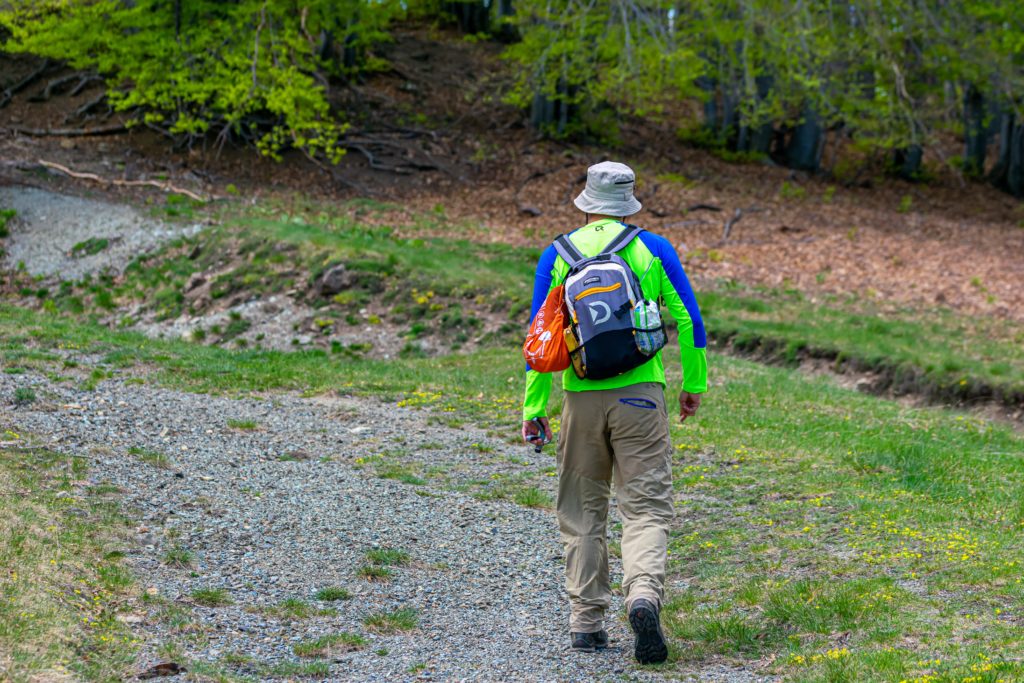
You know the saying walk before you run? Well, you also need to hike before you trek. Small hiking trails are perfect for beginners, and they will challenge you just enough to accustom you to the big trails and eventual treks down the line. Start with a couple of hours, then try to do an all-day hike then make your way to trekking. Each time you practice, you will gain experience about nature and how to do this properly.
6-Dress For The Occasion
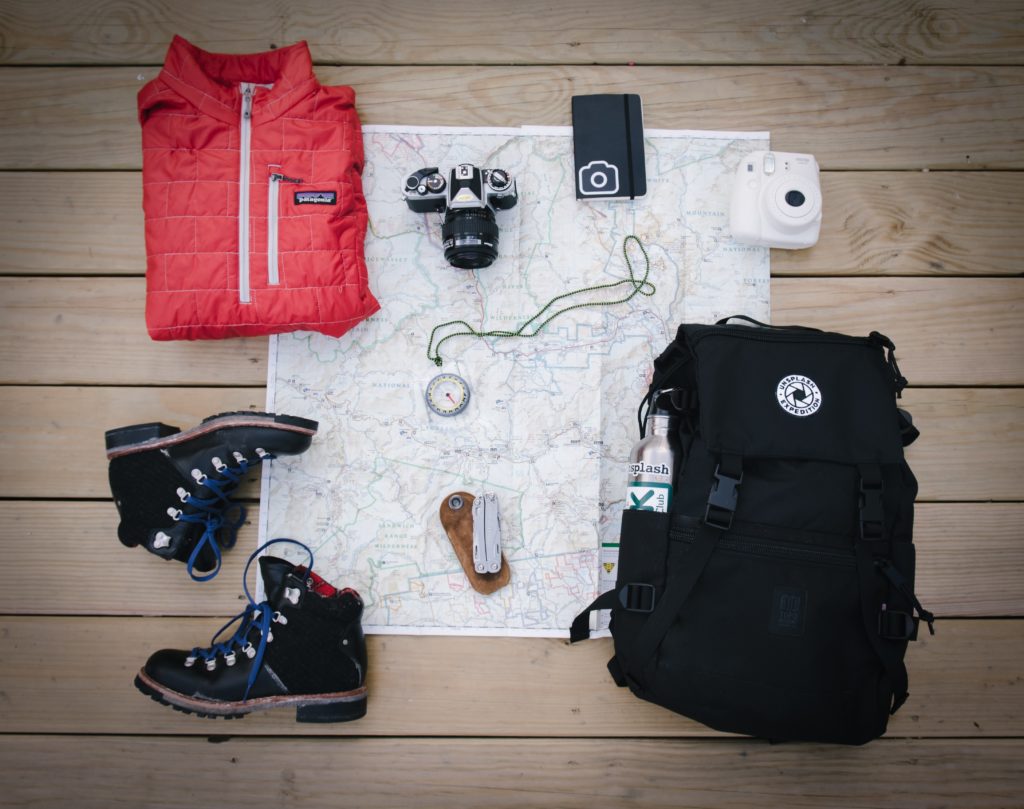
If you’re going on a long hike or trek, then you need certain clothes. The keyword here is insulation, so even in summer, you want to have layers. You can’t go wrong with three layers, and one of them needs to be removable or adjustable. We’re talking undershirts, comfortable underwear, vests, raincoats, windproof jackets…etc.
Most importantly, your clothes need to be breathable, even in winter. Nothing is worse than your clothes being claustrophobic, so choose light materials that won’t make you sweat so often and opt more for natural rather than synthetic materials like too much polyester. Synthetics are good for the shoes, though.
Which item of clothes is taking all the heat? Your shoes, of course. This is why you need to get a good pair of shoes. You want leather or waterproof. It should also be soft enough that it doesn’t hurt your feet, but hard enough in the soles for the terrain.
Conclusion
Overall, hiking and trekking will take a lot out of you, which is why you need to prepare. While hiking and trekking seem similar, you need to pack and plan depending on the difficulty of your trail or journey. Remember, plan ahead, don’t bite off more than you can chew, eat and drink A TON, don’t be embarrassed to do small trails or simple walking first, and then grab your gear and you’re good.
Find breathable clothes, quick snacks, good shoes, and never forget the workout. Each workout you do on your own now will make your future hike or trek much easier. It’s also important to enjoy the experience and not get caught up in the difficulty or physical challenge in it.
